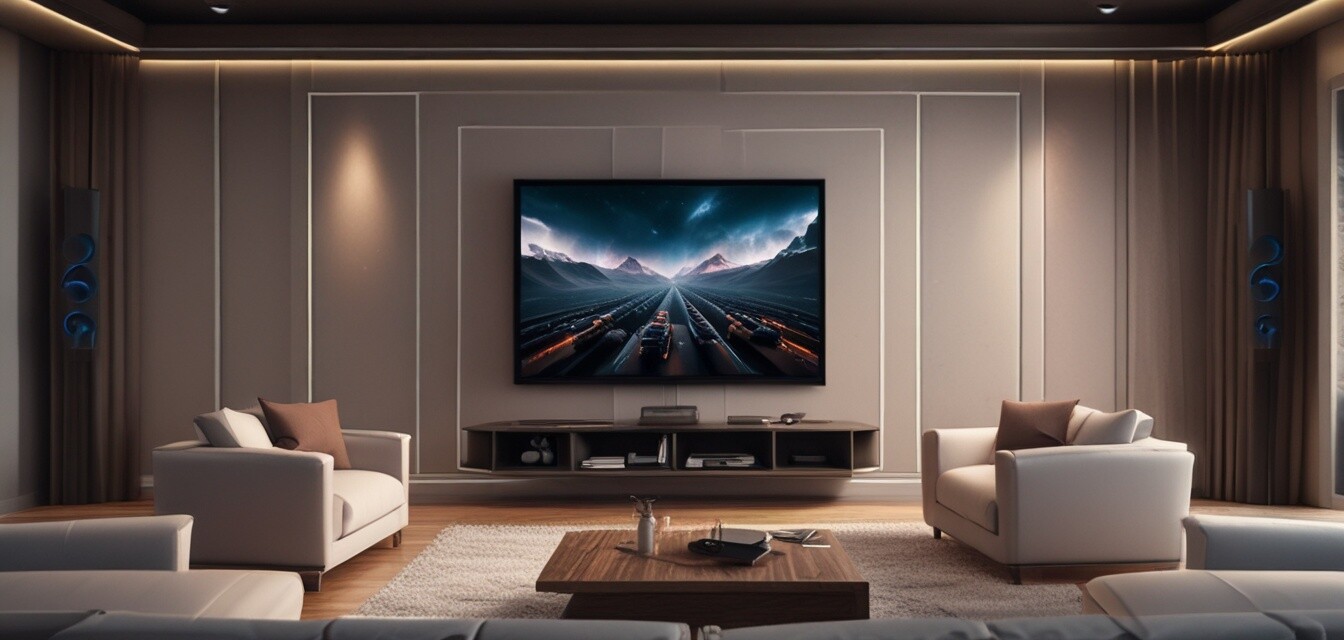
Designing a Home Theater for Video Gaming
Key Takeaways
- Prioritize screen size and resolution for an immersive gaming experience.
- Invest in sound systems tailored for gaming audio dynamics.
- Optimize seating arrangements for comfort and visibility.
- Incorporate proper acoustic treatments to enhance sound quality.
- Ensure connectivity solutions are robust to handle multiple consoles.
When it comes to designing the ultimate home theater for video gaming, several factors play a pivotal role in creating an immersive experience. From the technology you choose to the room layout, each element contributes to how well you enjoy your gaming sessions. This article will provide you with expert insights and tips on optimizing your home theater setup specifically for video gaming.
1. Choosing the Right Screen
The screen is arguably the centerpiece of any home theater, especially for gaming. Here's what to consider:
| Screen Type | Pros | Cons |
|---|---|---|
| LED/LCD | Bright images, energy-efficient | Limited viewing angles |
| OLED | Superior contrast and color accuracy | More expensive, potential burn-in issues |
| 4K Projectors | Large display size for an immersive experience | Higher cost, requires more space |
2. Sound Systems for Gaming
Audio can make or break your gaming experience, so investing in the right sound system is crucial.
- Consider a surround sound setup to immerse yourself in the game’s world.
- Look for soundbars equipped with subwoofers for enhanced bass.
- Wireless speaker options can help maintain a clean aesthetic.
3. Optimal Seating Arrangements
Your seating should be comfortable and offer a great view of the screen. Here are some tips:
- Choose comfortable chairs or couches with good lumbar support.
- Arrange seats in a staggered fashion to avoid blocking views.
- Consider reclining options for an upgraded experience.
4. Acoustic Treatments for Enhanced Sound
To optimize sound quality, incorporating acoustic treatments in your home theater can be beneficial:
Beginner Tips for Acoustic Treatments
- Install sound-absorbing panels on walls to reduce echo.
- Use thick carpets to dampen foot traffic noise.
- Ensure ceilings are treated with soft materials to avoid sound reflection.
5. Connectivity Solutions
Make sure your home theater is equipped with the necessary connectivity tools. Consider:
| Connectivity Type | Features | Ideal Use |
|---|---|---|
| HDMI | Supports 4K, audio return channel | Connection of gaming consoles, Blu-ray players |
| Optical Audio | High-quality sound transmission | Sound systems needing digital connections |
| Wireless HDMI | No cables needed, flexible placement | For setups where running cables is impractical |
Conclusion
Designing a home theater specifically for video gaming involves careful consideration of several components, including the screen, sound system, seating arrangements, and connectivity options. By focusing on these crucial elements, you can create an immersive and enjoyable gaming experience that you'll look forward to every time you turn on your console.
Pros
- High-quality visuals enhance gaming experiences.
- Superior sound systems provide an immersive audio experience.
- Comfortable seating improves extended gameplay sessions.
Cons
- Initial setup cost can be high.
- Space requirements can limit options.
- Requires ongoing maintenance and updates.
For more tips and advice on home theater setups, check out our Setup Tips category. Looking for the best equipment? Visit our sections on Home Theater Receivers and Speakers & Sound Systems for more resources.

